Simplify.
A. 
B. - 
C. 
D. 
Answer: A
You might also like to view...
Find the foci and endpoints of each axis for the given ellipse.16x2 + y2 = 16
A. Foci: (±  , 0); vertices: (± 4, 0);
, 0); vertices: (± 4, 0);
endpoints of the minor axis: (0, ± 2)
B. Foci: (0 , ±  ); vertices: (0, ± 8);
); vertices: (0, ± 8);
endpoints of the minor axis: (± 1, 0)
C. Foci: (0, ±  ); vertices: (0, ± 4);
); vertices: (0, ± 4);
endpoints of the minor axis: (± 1, 0)
D. Foci: (0, ± 4); vertices: (0, ± 19);
endpoints of the minor axis: (± 4, 0)
Find the inverse of the following one-to-one function.f(x) = 
A. f-1(x) =  + 2
+ 2
B. f-1(x) = (x + 2)3
C. f-1(x) = x3 - 2
D. f-1(x) = (x - 2)3
Begin by drawing a rough sketch to determine the number of real solutions for the equation y1 = y2. Then use an analytic method to confirm your answer. Give the solution set and any extraneous values that may occur.y1 =  y2 = -x + 8
y2 = -x + 8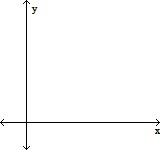
A. 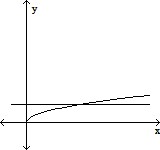
One real solution; {9}; no extraneous values
B. 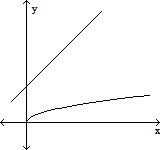
No real solutions; ?; no extraneous values
C. 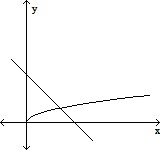
One real solution;  ;
;  is extraneous.
is extraneous.
D. 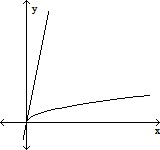
Two real solutions;  ; no extraneous values
; no extraneous values
?For the pair of vectors, find 

A. ?
B. ?
C. ?
D. ?
E. ?




